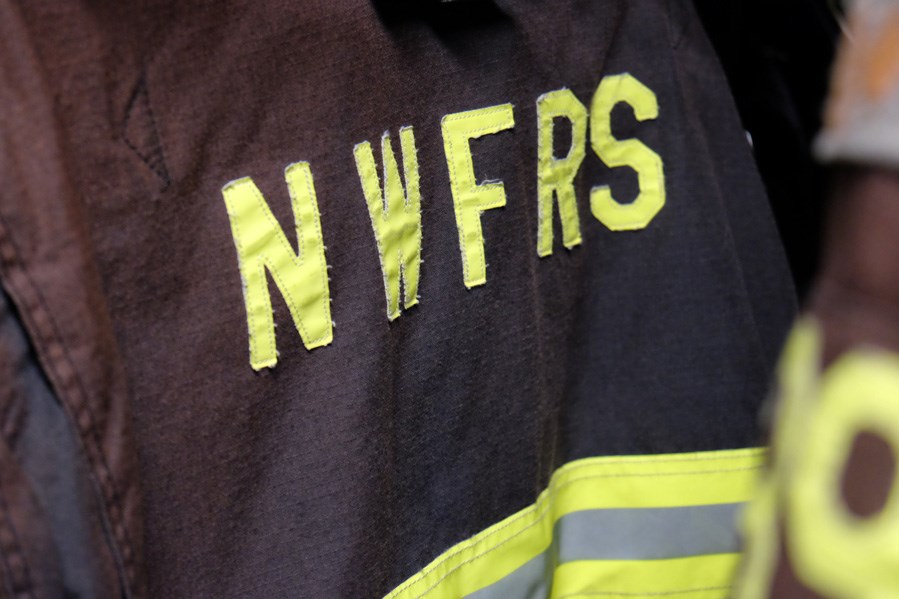New Westminster firefighters regularly respond to drug overdoses, but they’ll soon be better equipped to help save lives.
Fire Chief Tim Armstrong provided a report to council in June about giving local firefighters the ability to administer naloxone to patients suffering from opiate overdoses.
“We spent a few months reviewing the issue and had a look at what many municipalities around the region are doing to help address the fentanyl crisis that is occurring in Metro Vancouver,” said Mayor Jonathan Cote. “When we started to see the data on the number of overdoses happening in New Westminster, which is a similar pattern in many other municipalities, we decided to take the next step to allow our firefighters, who are often first on the scene in many of these circumstances, the ability to be able to administer naloxone.”
Armstrong noted that New West firefighters are already responding to medical calls involving drug overdoses.
“If you call for a plumber or carpenter to come to your house to do work and they show up at your house and don’t have the tools to do the job, than what’s the purpose of them showing up in the first place? I just want to make sure that our guys are well equipped with the tools, when they are already on the scene to do as much as they possible can for that patient,” he said. “I think if you reached out to any family, do they really care what agency is walking through the door in their time of need, as long as somebody is initiating something to save that family member’s life?”
In response to the fentanyl crisis, the province’s Ministry of Health gave fire departments the authority to participate in the “naloxone initiative,” provided they sign a collaboration agreement with the province. Surrey and Vancouver firefighters became the first in the province to carry and administer naloxone, a medication that blocks the effects of opioids and reverses the effects of an overdose from opiates like heroin, methadone, morphine or fentanyl.
“About half the municipalities in Metro Vancouver have now gone in this direction,” Cote said. “I would suspect we are all heading in that direction before the end of the year, given what’s happened with the fentanyl and the overdose crisis we are facing.”
Cote said downloading has been raised as a concern in some communities, where officials believe the provincial government should be better funding paramedics.
Coun. Chuck Puchmayr said the City of New Westminster has signed an agreement with the province. He said firefighters will begin getting trained on the use of naloxone on Oct. 12 and the program should be in place by Nov. 1.
Armstrong said naloxone isn’t a magic wonder drug that brings people back from the dead.
“We are averaging 350 calls a year,” he said of overdoses. “Of that, I know we have had a number of deaths from overdoses. We haven’t been able to revive the patient. Sometimes that wouldn’t even help with Narcan – they have either been left too long, they have gone into cardiac arrest and we haven’t been successful in reviving them.”
In his June report to council, Armstrong said it’s possible that if New Westminster Fire and Rescue Services increases its level of medical training for firefighters, Emergency Health Services could alter its “resource allocation plan” which may require firefighters to remain at medical calls for longer periods of time, thus reducing the fire department’s ability to respond to fires if they should occur. He said there are already cases where local firefighters have remained at medical scenes for more than two hours, waiting for ambulances to arrive.
According to Armstrong’s report, there were 30 incidents in 2012 when firefighters had to remain at medical calls for more than 15 minutes while waiting for ambulances to arrive. In 2015, that number surged to 502.



